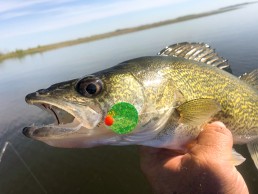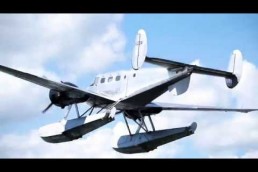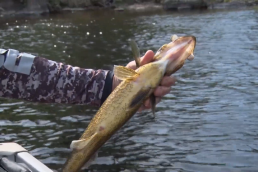A Walleye Pro’s Take on Pulling Spinners
SHARE THIS POST
MidWest Outdoors: Curt, you’re originally from North Dakota, correct? Were you always a fisherman, and did you fish as a kid?
Curt Reeff: Growing up in North Dakota provided several opportunities that I’m now grateful for as an adult. In my junior high school years, I grew up in Wahpeton, not far from where my family had a camping spot at Ebert’s Resort on the shores of Star Lake near Fergus Falls, Minn. In high school, we moved to Linton, No. Dak., where I cut my teeth on Lake Oahe, the northern portion of the Missouri River. Running live bait spinner rigs, or more commonly known as “pulling spinners,” was what I enjoyed most.
MWO: Tell us a little more about your spinner rig philosophy.
Reeff: One of the misconceptions about spinner rigging is that people think that by getting your bait to the bottom and just dragging it along, sooner or later a fish will eat it. It’s kind of that easy. Well…kind of. The advancement of electronics has provided anglers with advantages our parents just never imagined.
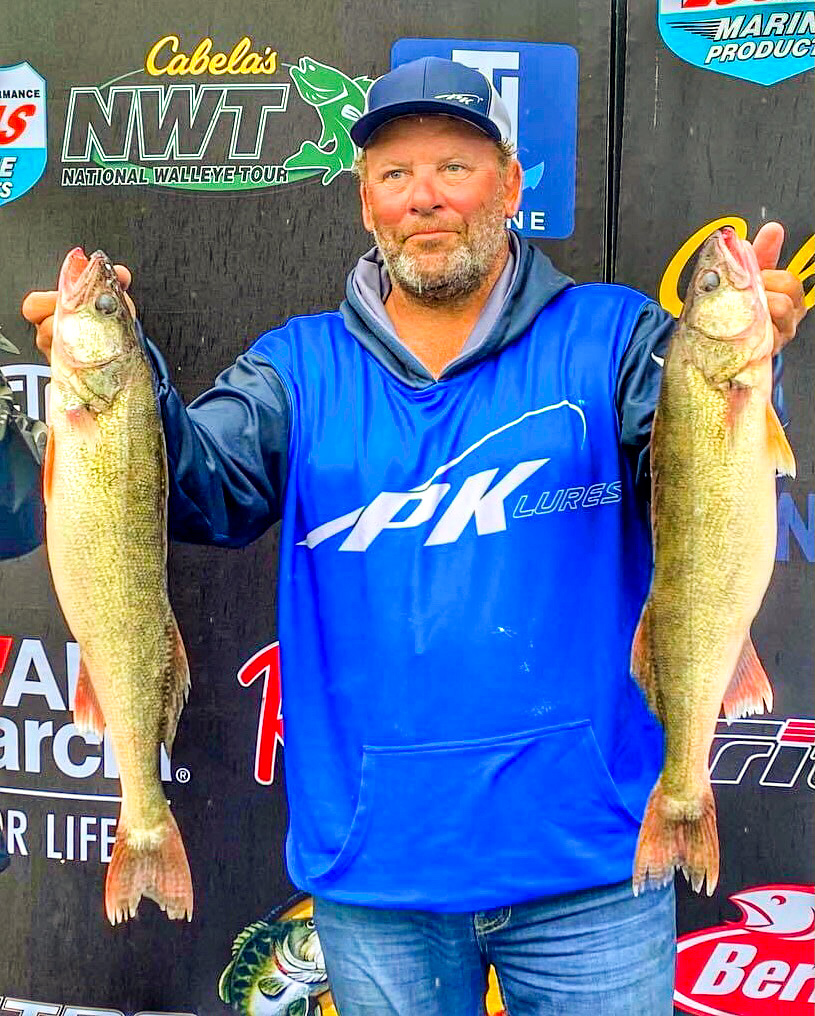
MWO: Do you prefer trolling over jigging techniques for walleyes?
Reeff: Trolling for walleyes has been and still is an effective way to locate feeding fish, especially in unfamiliar water. What I like about trolling is that it lets you cover more water in less time with a wide approach. Then it allows the ability to narrow things down as you go. With trolling, anglers can cover lots of structure until they find what is working.
Pulling spinners for walleyes is one of the oldest techniques for catching walleyes. A main ingredient is using a bottom bouncer to keep the spinner in contact with the bottom. That’s a really important factor. Bottom bouncer weights of 1/2 ounce will get you down about 10 feet, and you can add another 1/2 ounce for each additional5 feet of water you’re targeting. Using the correct weight for the right depth is the equation for success.
MWO: There’s a lot more to it than keeping your spinner on the bottom though, correct?
Reeff: Figuring out what walleyes are doing on any given day is key. There are several elements to take into consideration such as water temperature, structure that fish are relating to, and finally, will the fish bite what you are putting in front of them?
When I’m fishing the Missouri River, whether near the state line or even further south near Mobridge, I focus on areas where the main river channel hits the shorelines. There will either be rock points, submerged trees and/or mud flat transition areas that will hold fish.
Another thing to key in on is following the breaklines of the main river channel. This is a key area where fish tend to travel. While focusing on these key areas that may hold fish, I take inventory of what my electronics are telling me and which areas are definitely holding fish. The key to catching good quality fish is about first finding where they are, and then getting your particular bait down to where they are.
Are you enjoying this post?
You can be among the first to get the latest info on where to go, what to use and how to use it!
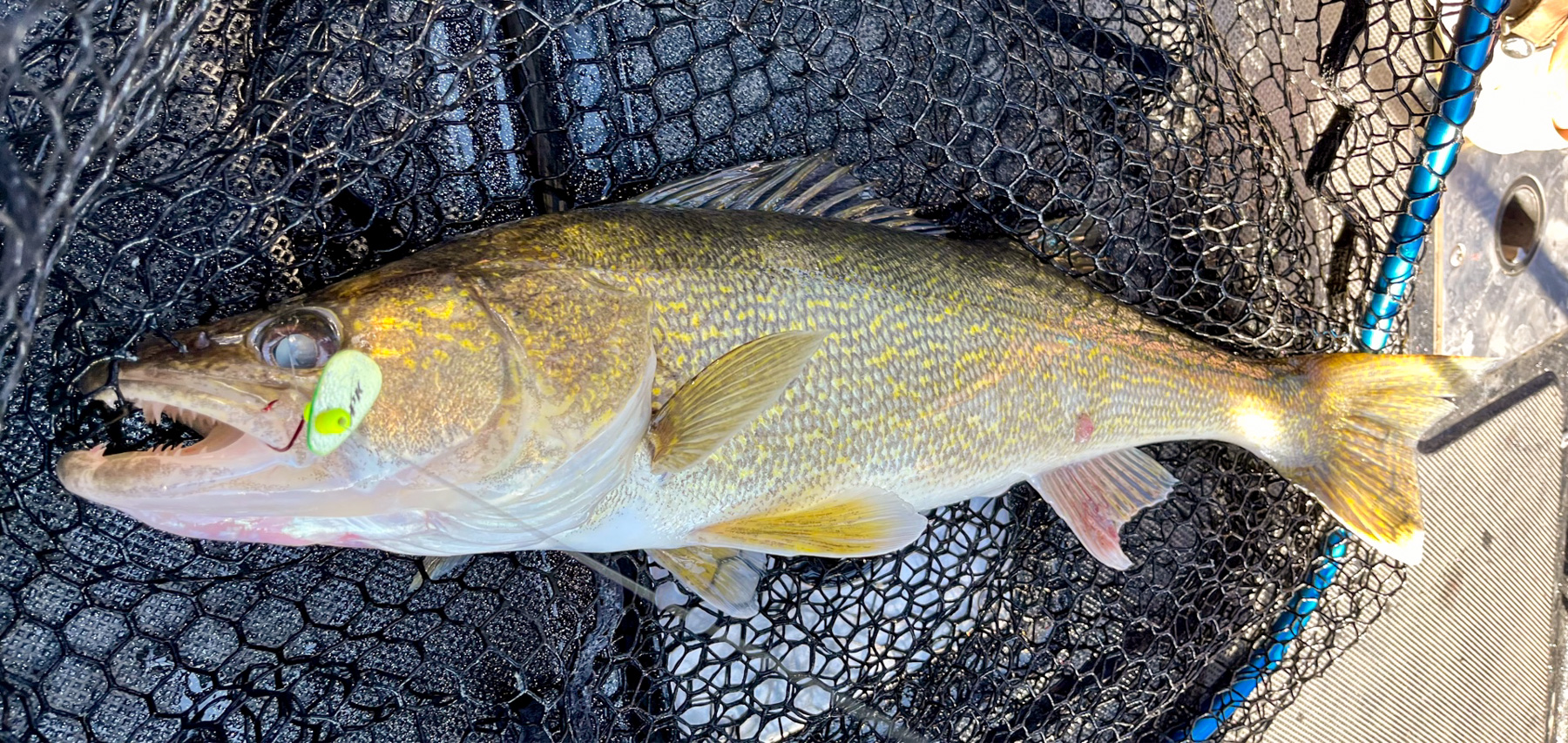
MWO: As owner of PK Lures, and given your recent success on the National Walleye Trail, how important was it to design a spinner rig?
Reeff: As I mentioned, I grew up spinner rigging. There are many variations that can be applied to pulling spinners that include blades, floats, colored hooks and the speed at which you present your bait. PK Lures rigs utilize and accentuate all these variations. But mostly, changes in speed will change the action of your spinner, which can be the key element in having a successful fishing trip. In early season, slower speeds such as .7 to 1 mph, while presenting live bait to active, feeding fish, will cause the fish to eat. In mid- to late summer, when water temperatures rise and the baitfish are scattered throughout the system, the walleye bite can be much more challenging. This is where my PK Wobbler and PK Dakota Disc outperform the traditional spinner rig.
PK Lures has taken speed restrictions out of the equation. With PK Lures, anglers can run live bait at slow speeds, around 1 mph, or as fast as 2 mph (crankbait speed), without line twists, allowing for a natural presentation while triggering reaction bites. Increasing speeds will create a pause or erratic motion, which imitates the fleeing baitfish that walleyes are attracted to, making these lures so effective.
What’s great about running these two spinner options is that anglers get to run live bait faster, allowing them to cover more ground, while putting hooks in front of a lot more fish. While most live bait anglers slowly work an area, I can move right along and pluck out the active, biting fish with my rigs.
MWO: What makes PK Lures’ spinner baits so unique?
Reeff: The PK Wobbler is very unique, meaning it’s the only multidirectional floating spinner in the industry, and doesn’t cause line twists. The Wobbler spins or rotates in one direction three to four times, then unpredictably switches directions. It’s the larger rotations and sudden changes of direction that trigger fish to strike out of pure aggression.
On the other hand, PK’s Dakota Disc is a rig with a round, 5/8-inch-diameter plastic disc with a hole in the center that displaces water, causing a vibration and an erratic and unpredictable swimming action. Pulling it through the water column creates a side-to-side swimming action similar to a crankbait. The faster the lure is pulled, the more action it creates. The swim-like action creates vibration along with flash, which temps fish to bite.
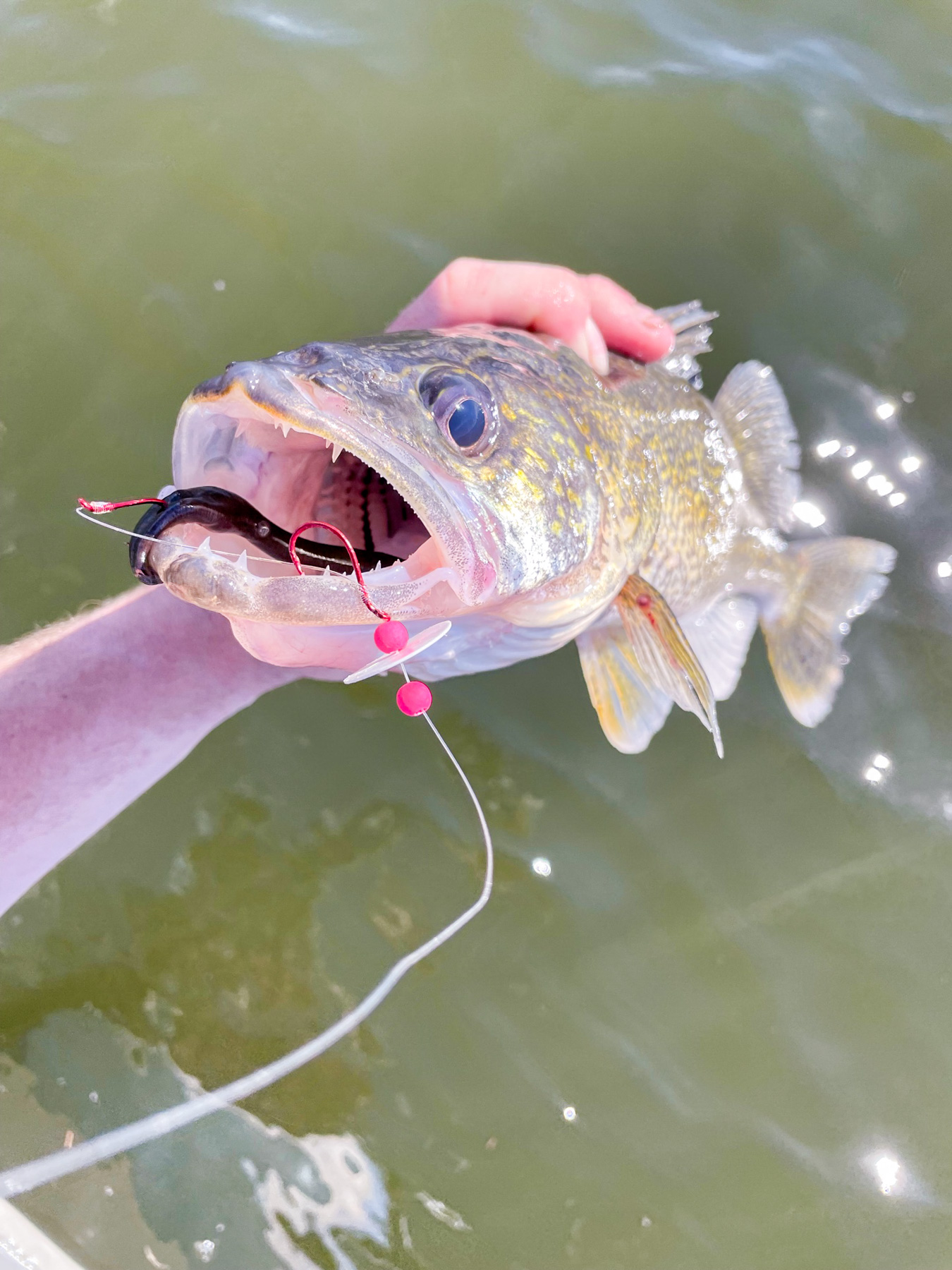
Although the invention of the slow death hook is responsible for creating a slow-rolling presentation which changed how anglers fished, the action created by the Dakota Disc and the change in direction of the Wobbler, along with the speed options to run these two baits, outperforms what the traditional slow hook offers. The PK Vortex features another patented design with a bent metal blade, a wire attachment, and a colored bead that causes flash, vibration and noise that entice hookups. The ability to change up color, action, vibration and speed is what makes PK Lures so successful in the long run.
MWO: What one final thought might you leave to help anglers catch more fish?
Reeff: One of the biggest mistakes anglers make is thinking ahead of time that you already know what the fish want. Often, I challenge anglers to run their favorite crankbait (preferably a PK) on one side of the boat with a spinner rig on the other. What do you have to lose? Change things up and let the fish tell you what they want to eat on any given day!
MWO: Thanks for the time and tips Curt. Much more success to you on the Trail this year.
MWO
SHARE THIS POST
Did you enjoy this post?
You can be among the first to get the latest info on where to go, what to use and how to use it!
Larry Ladowski
Larry Ladowski is a regular host on MidWest Outdoors TV and has been writing for MidWest Outdoors magazine for more than 25 years. Ladowski enjoys any time on the water and in the field, no matter where it happens to be and no matter what species he is fishing or hunting.
